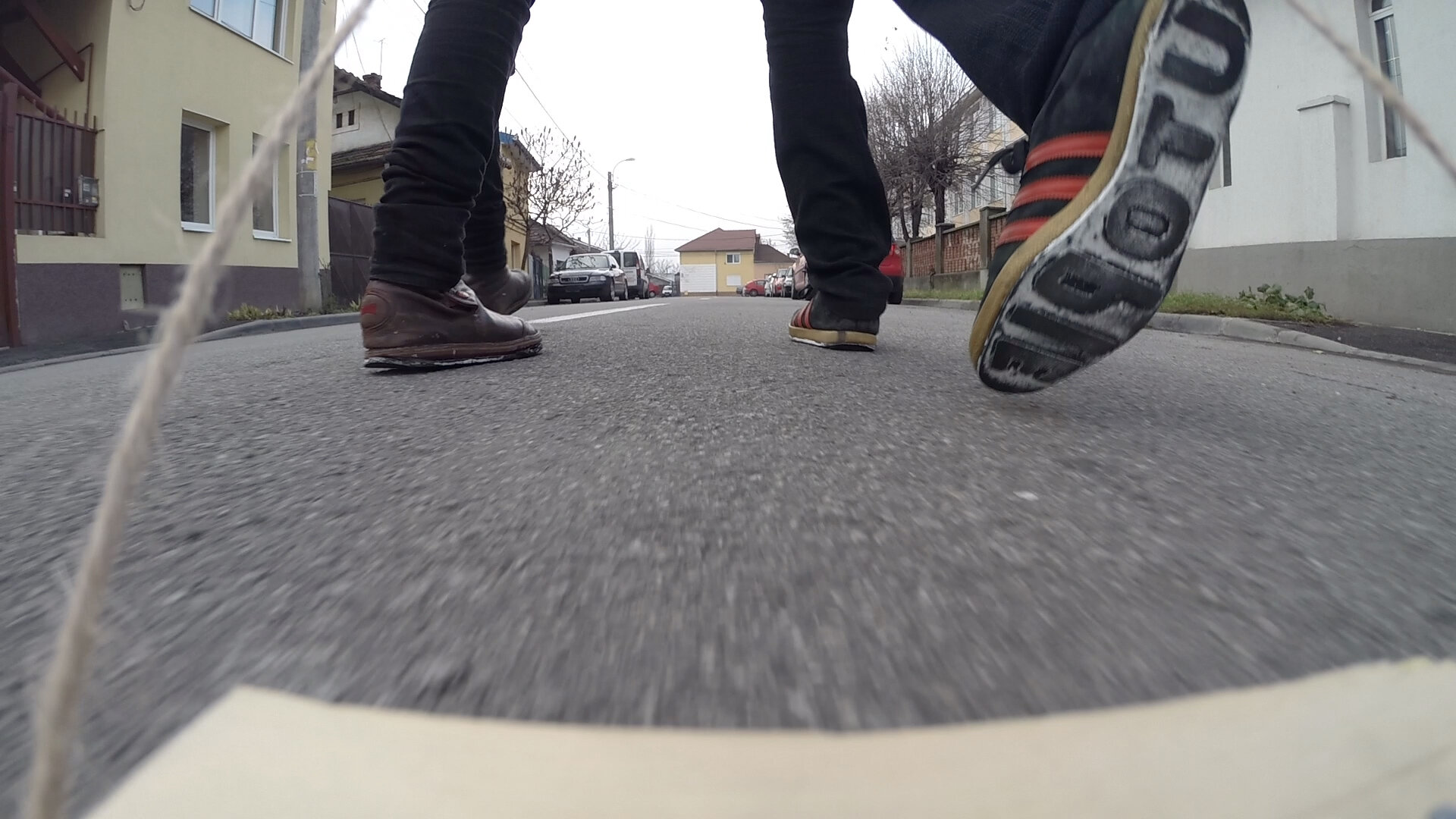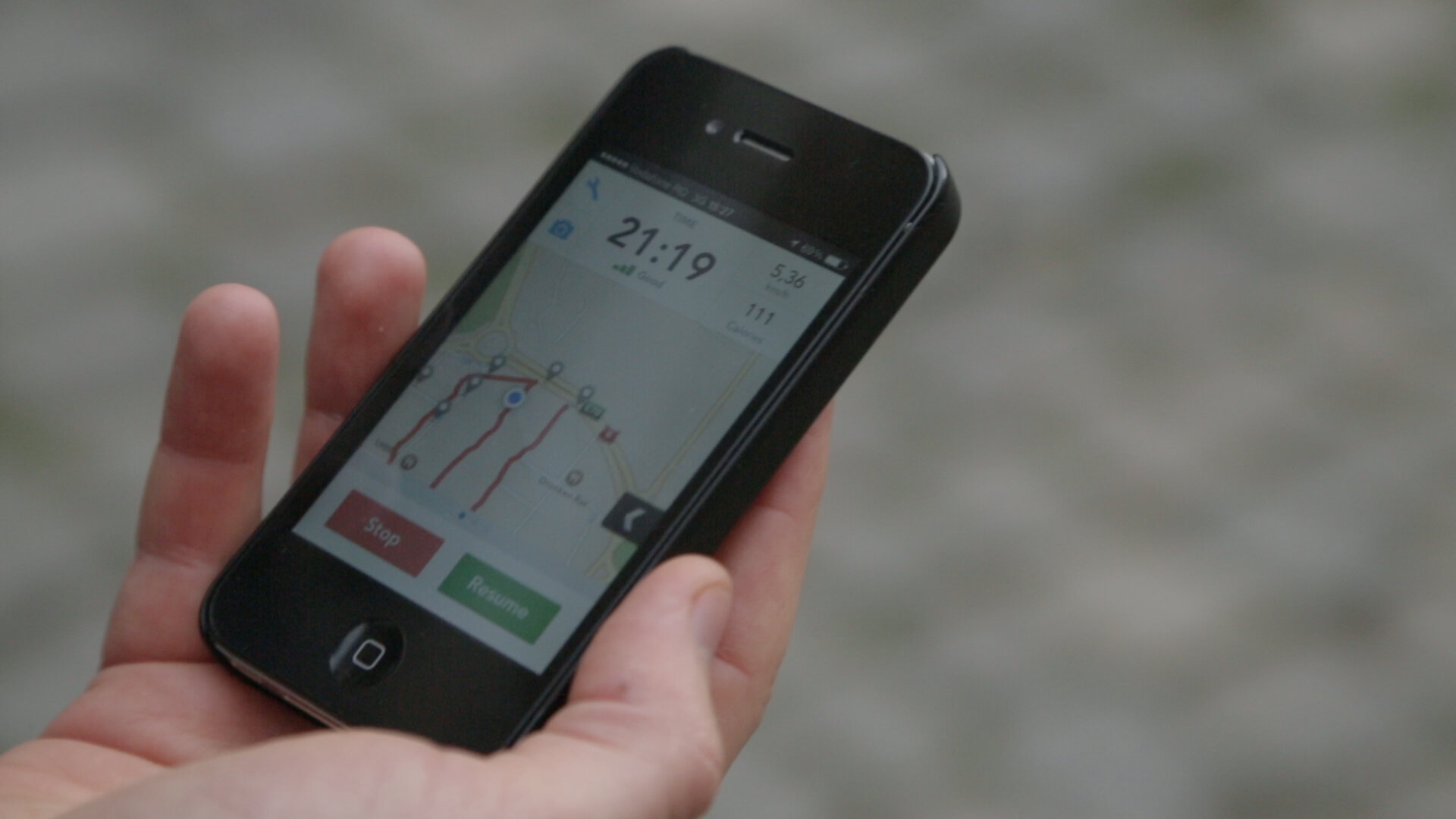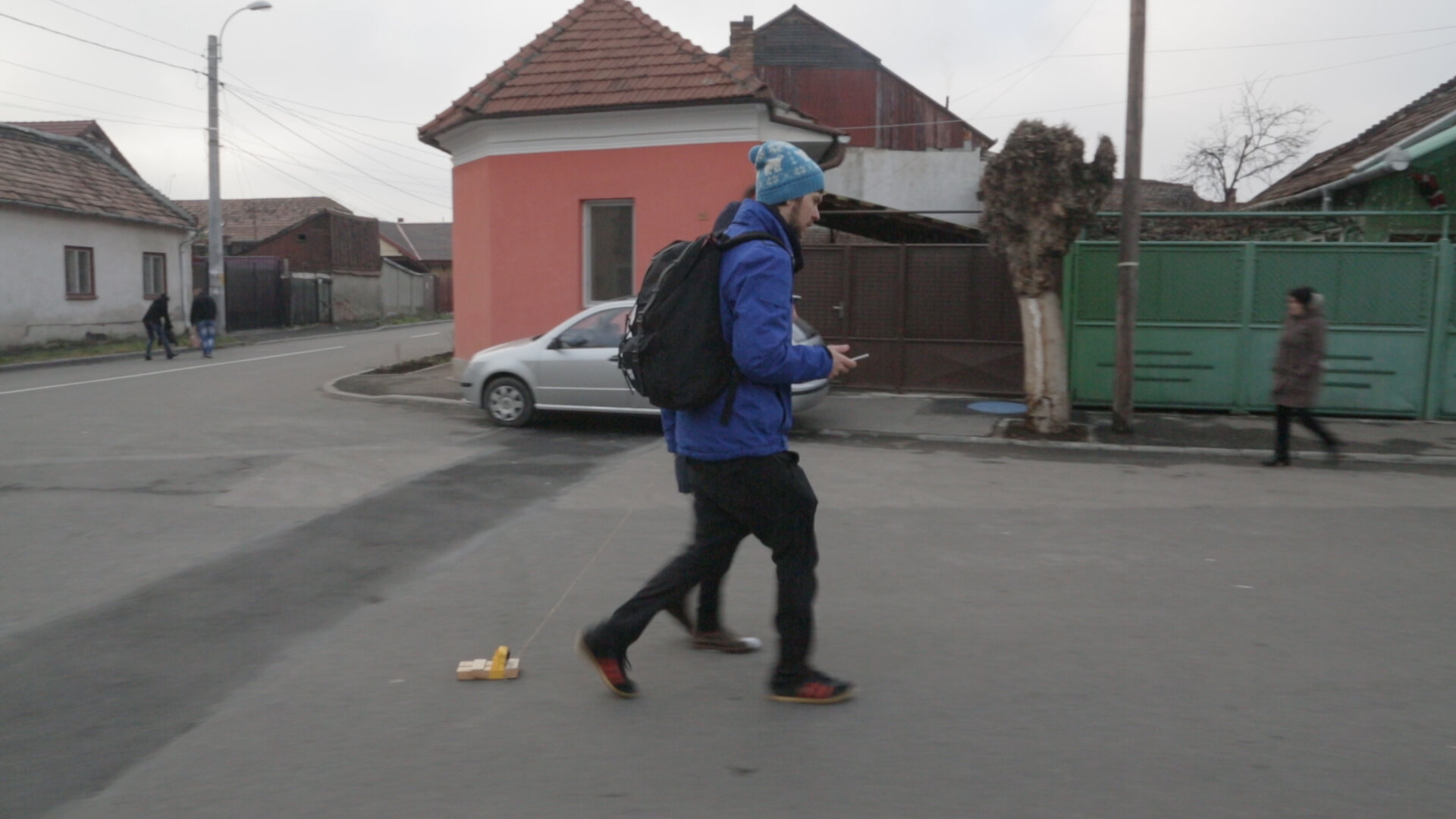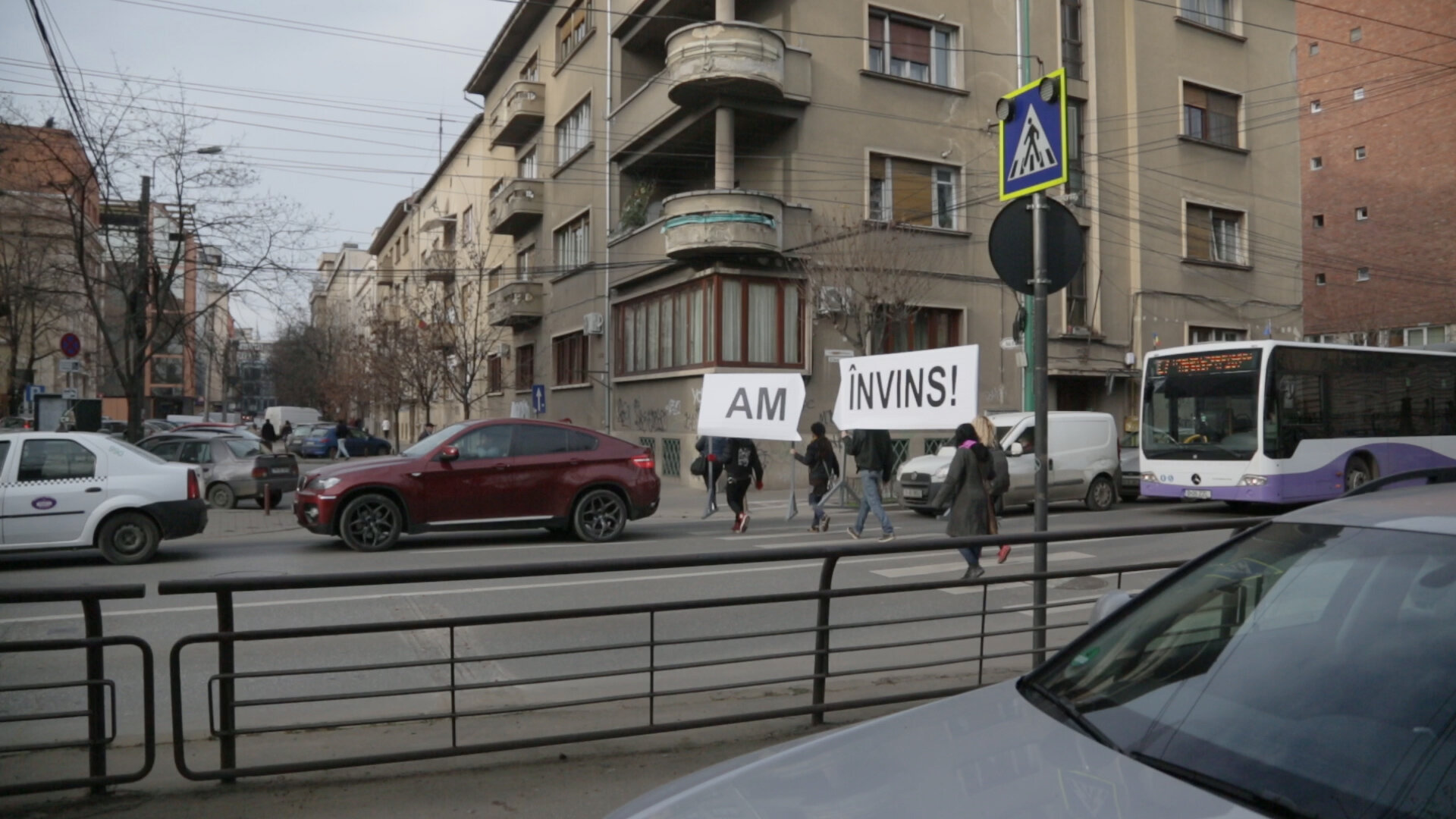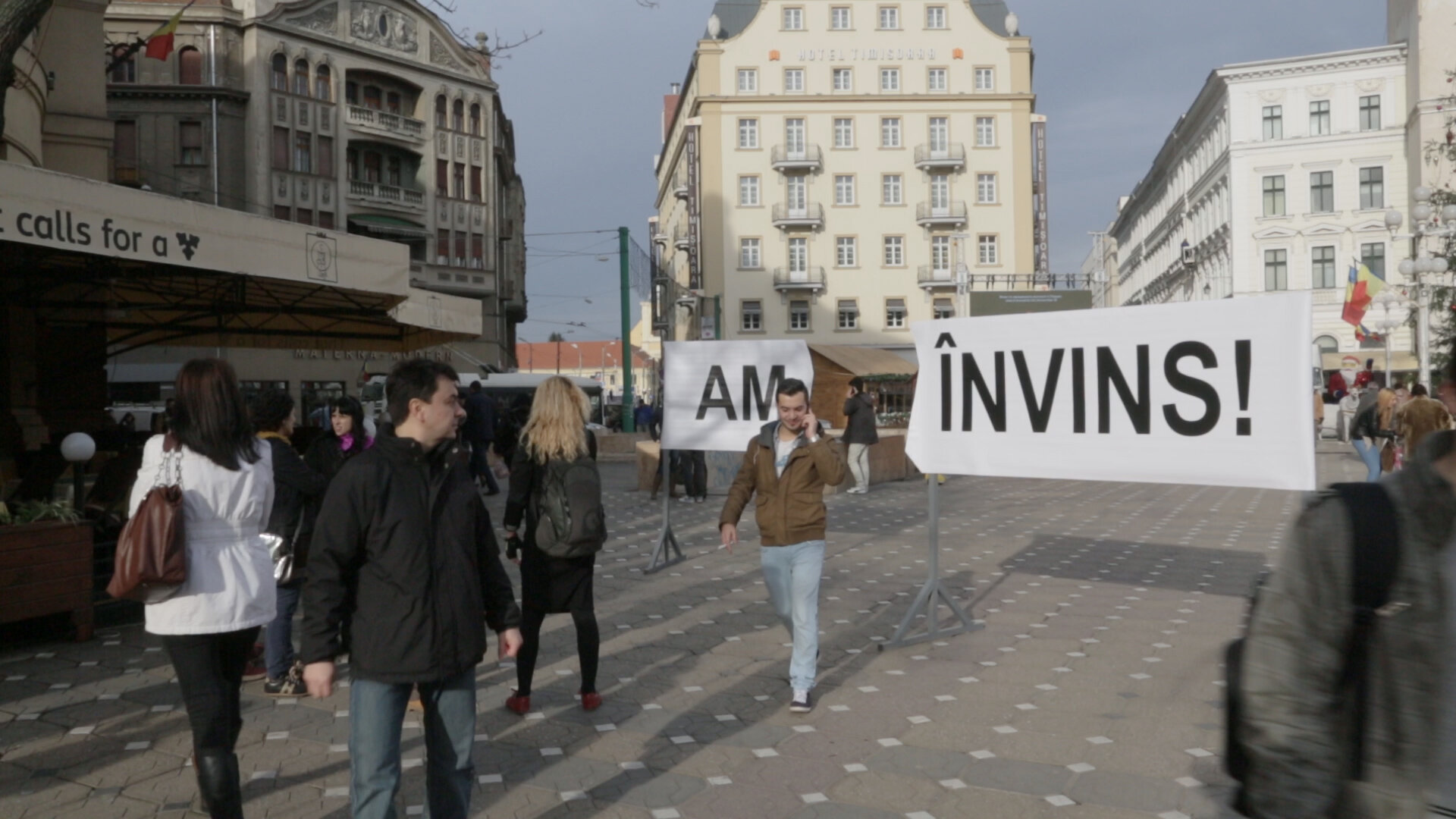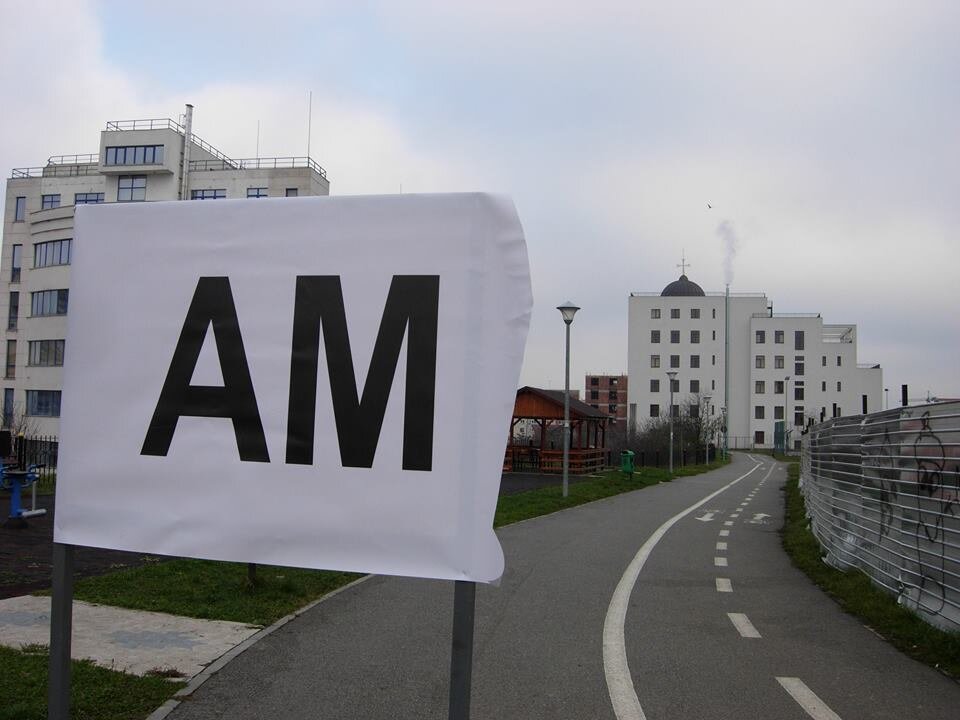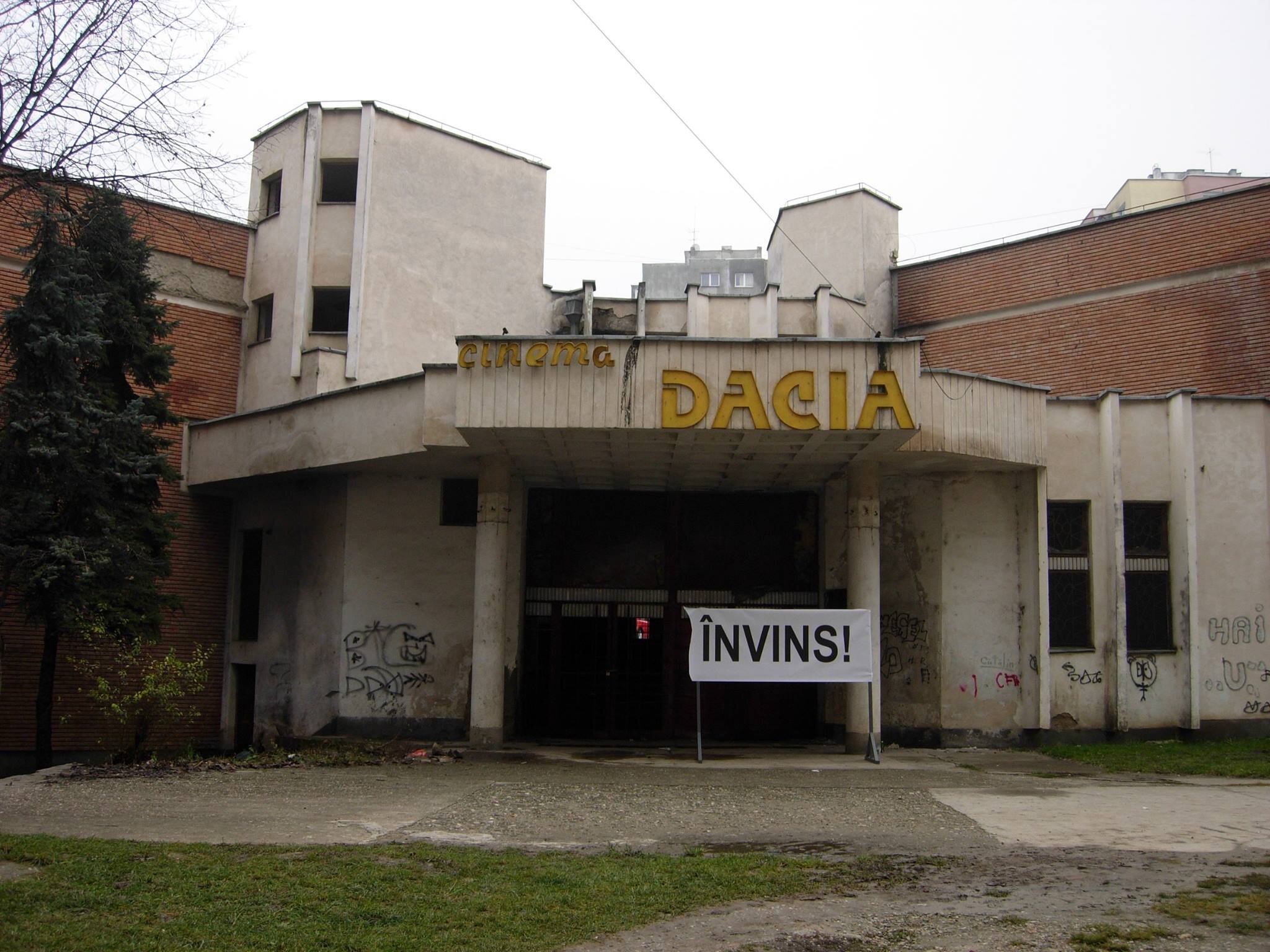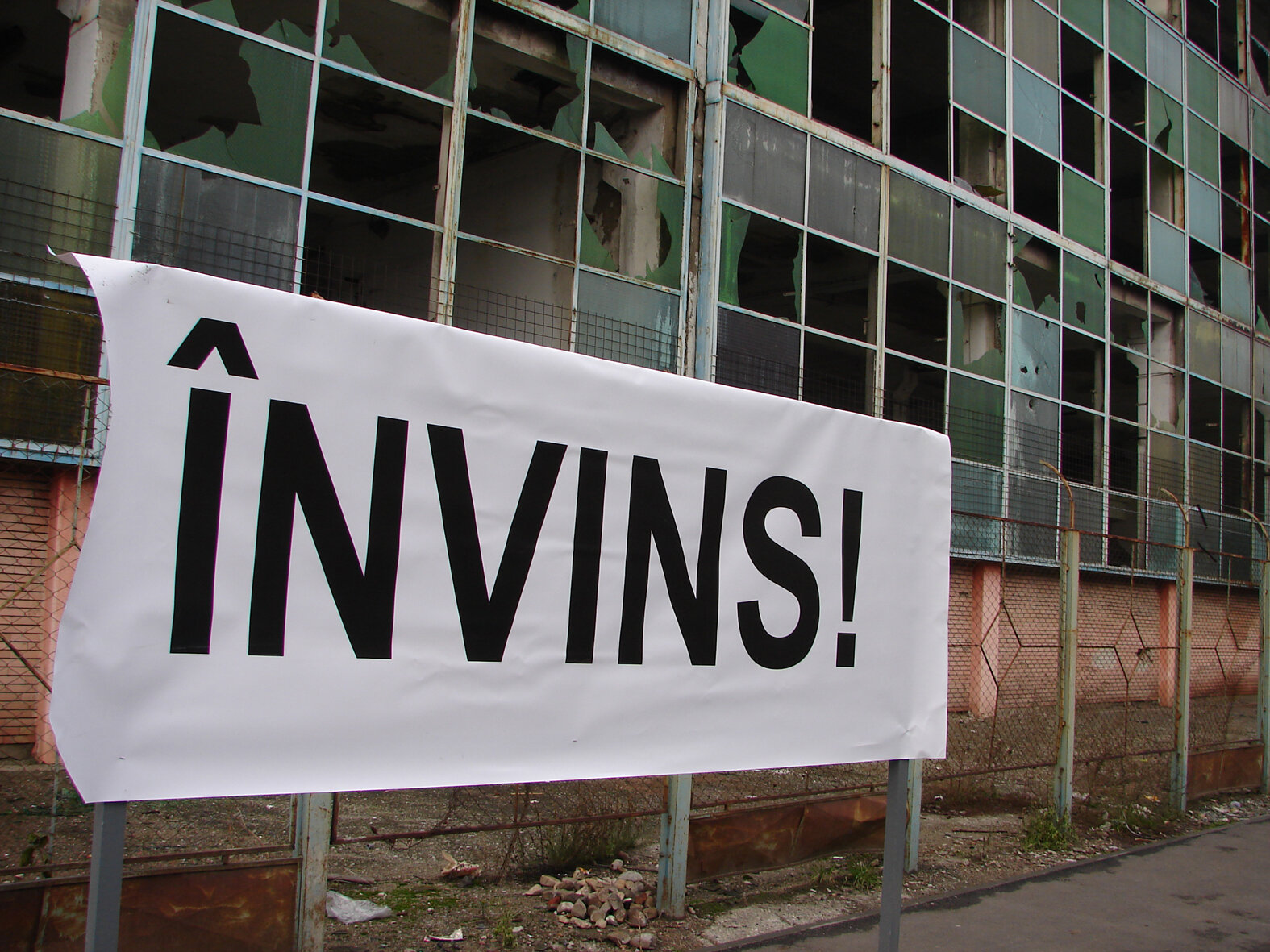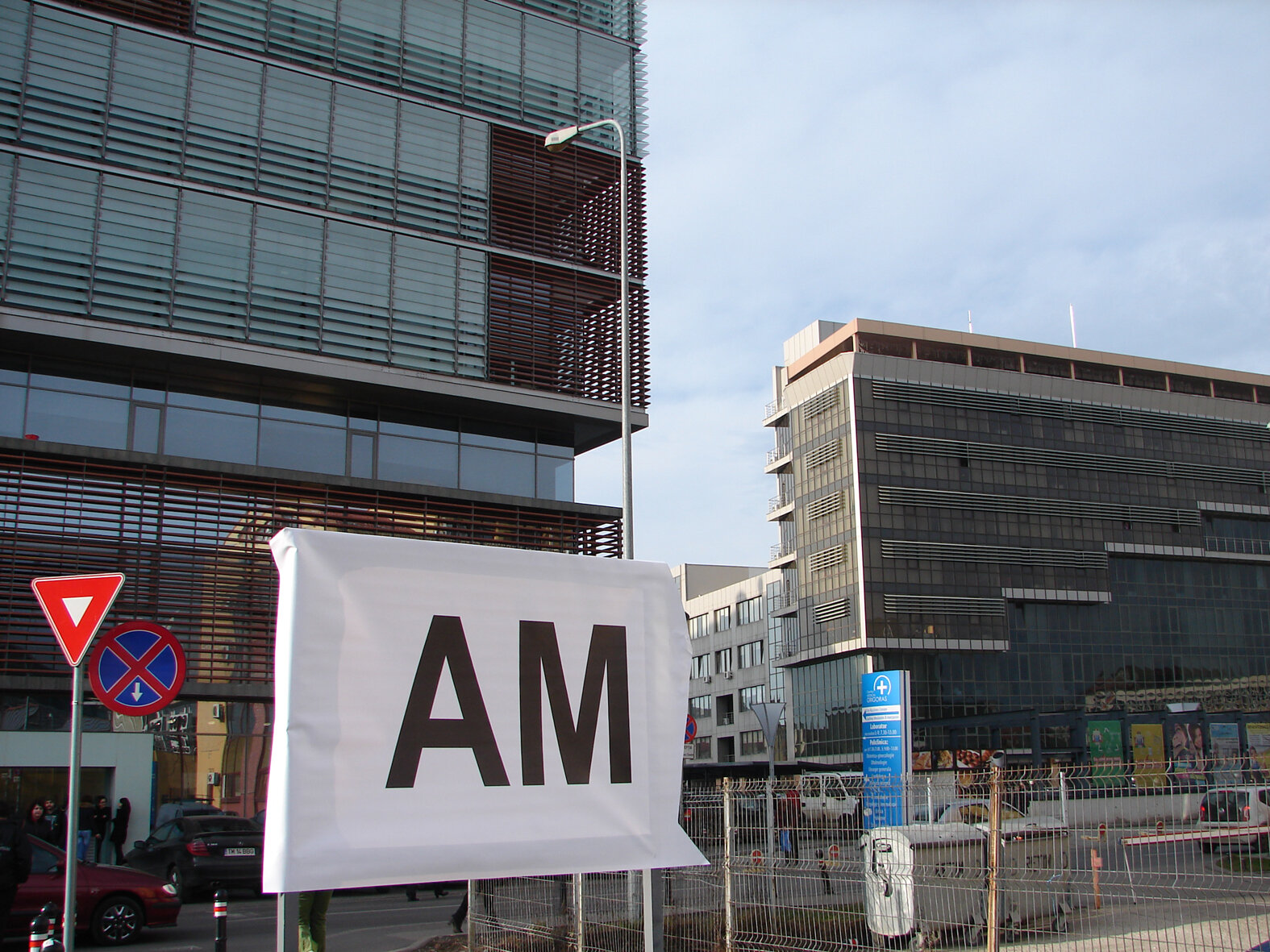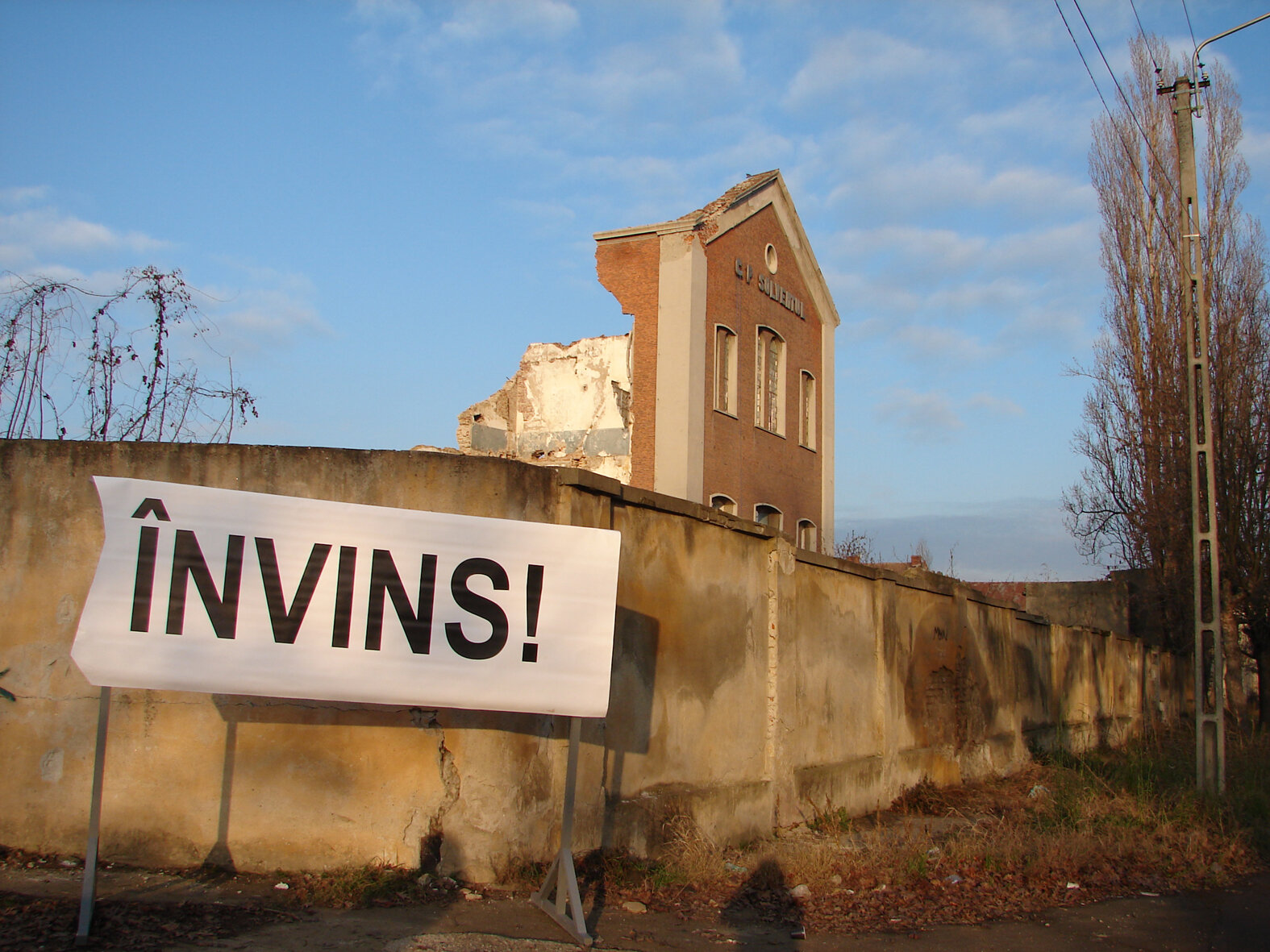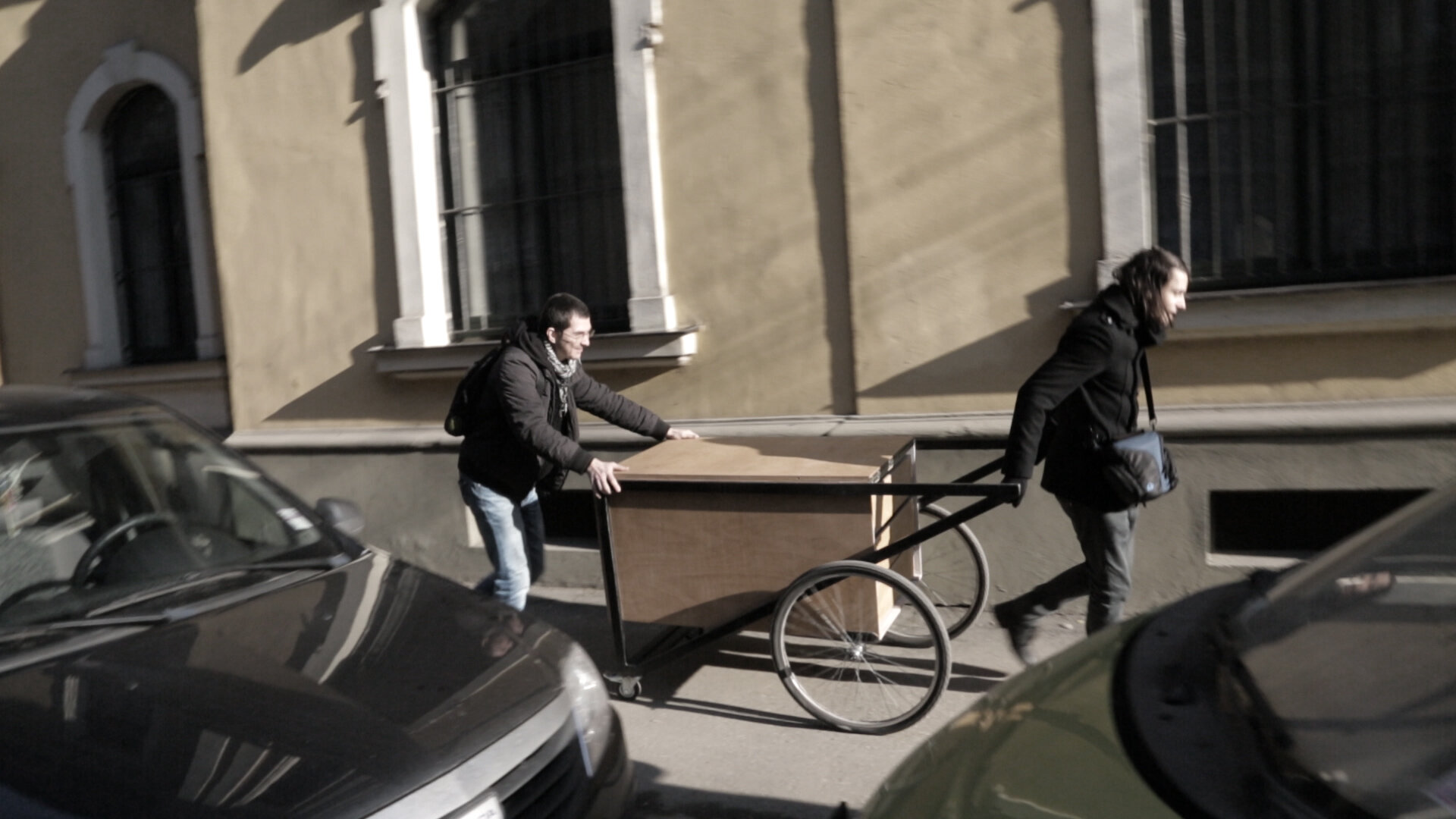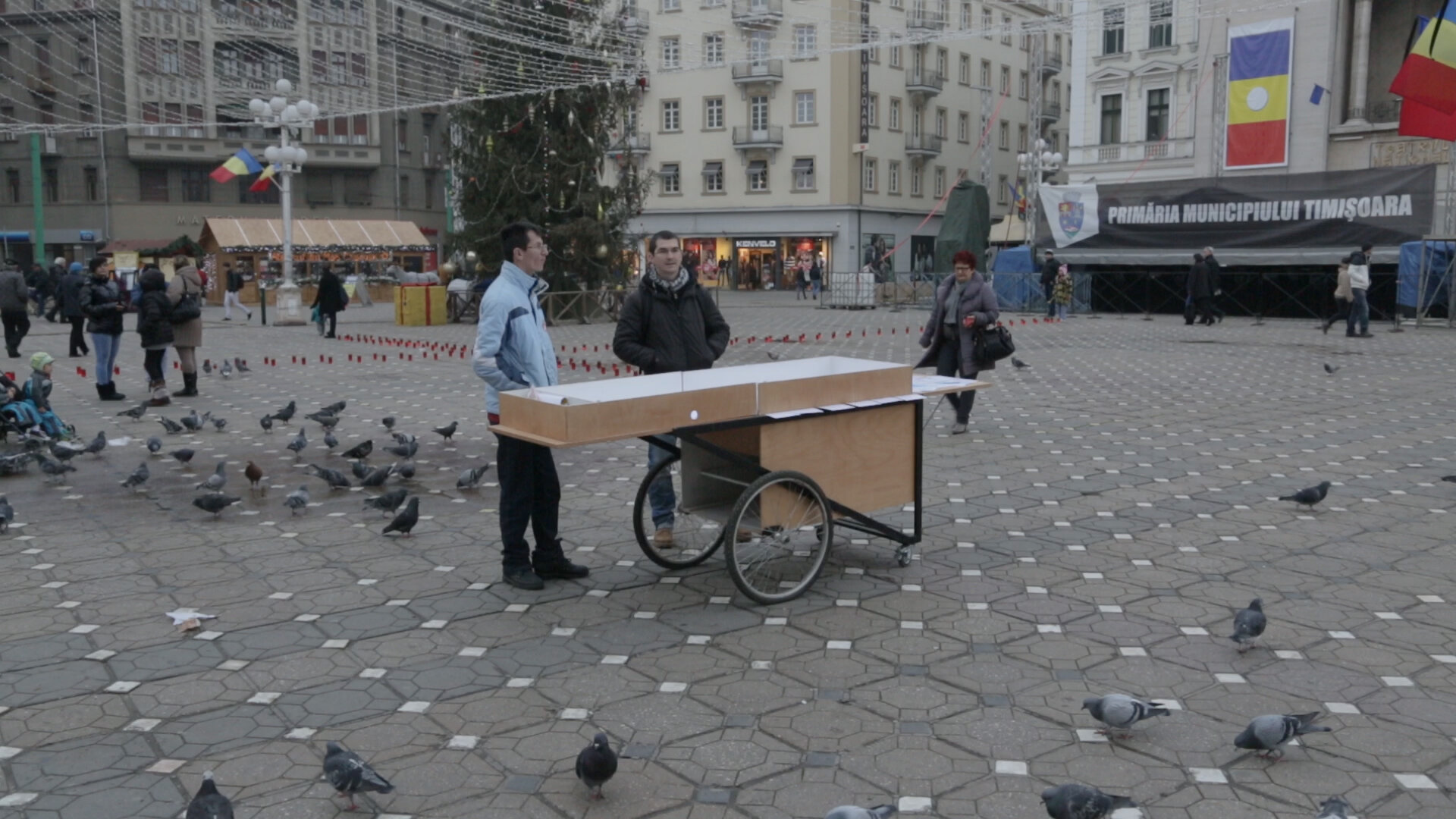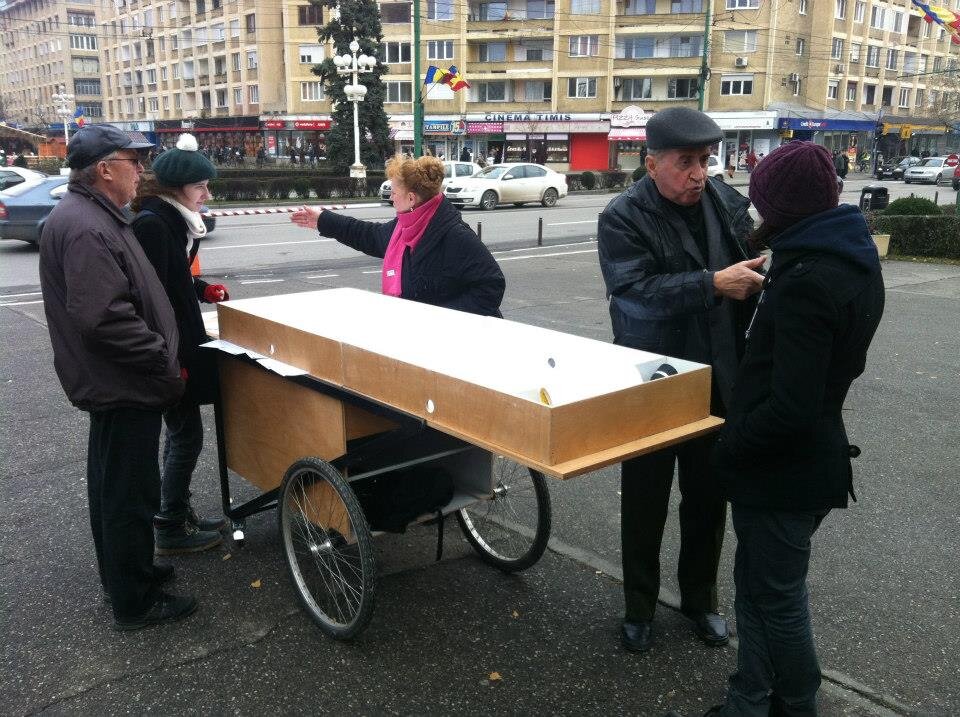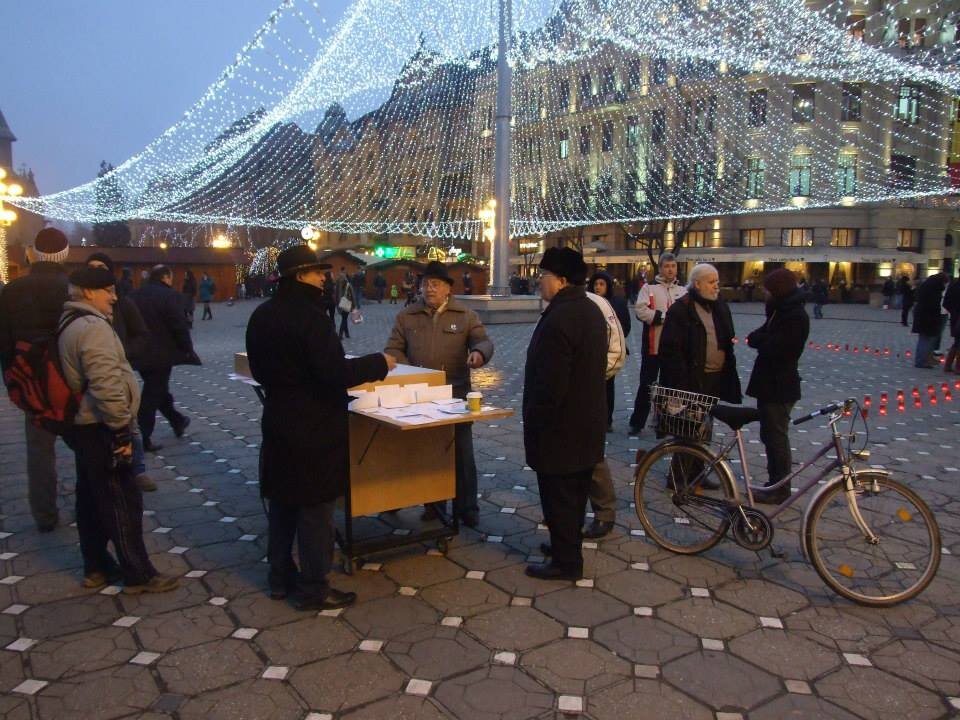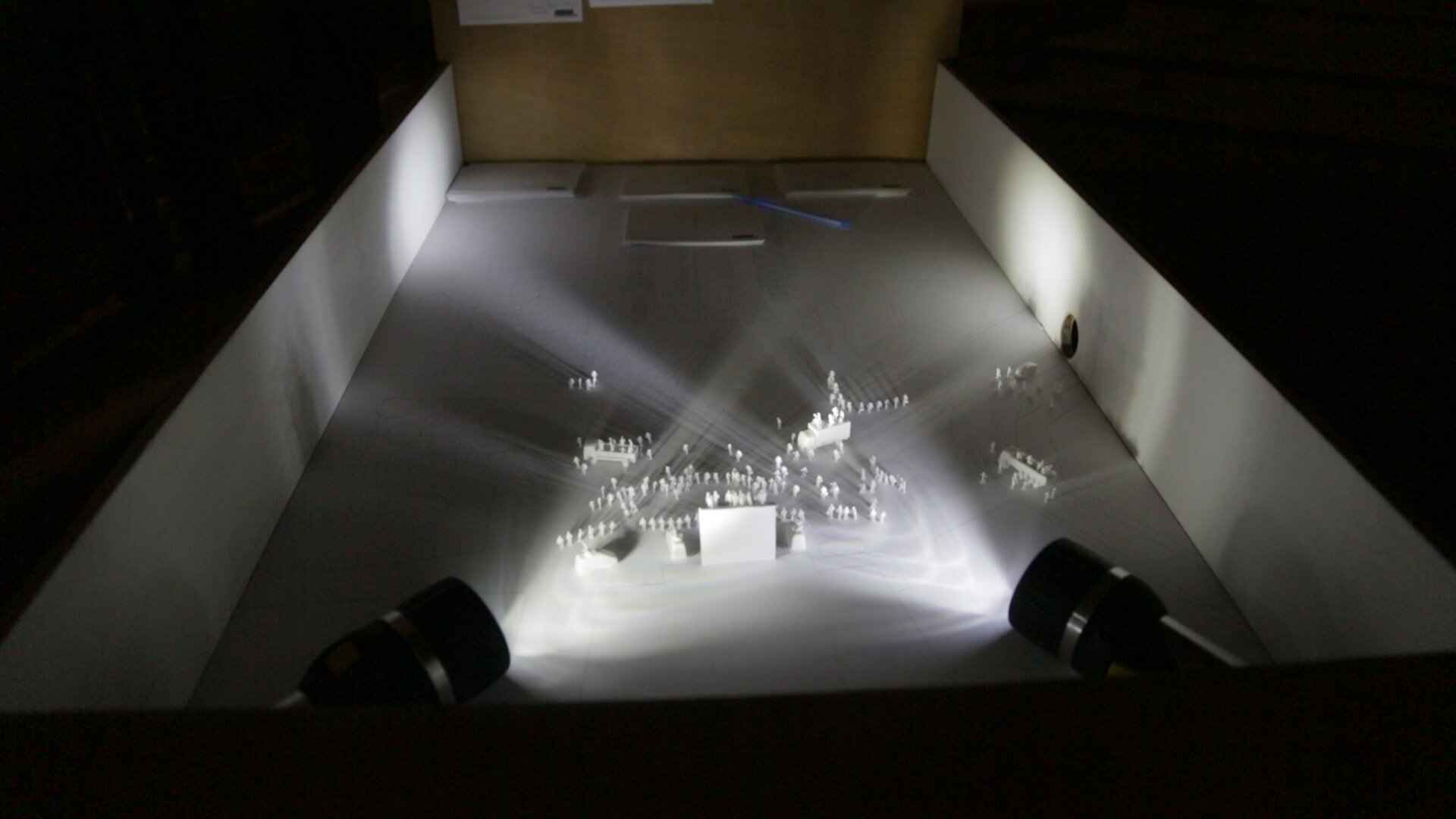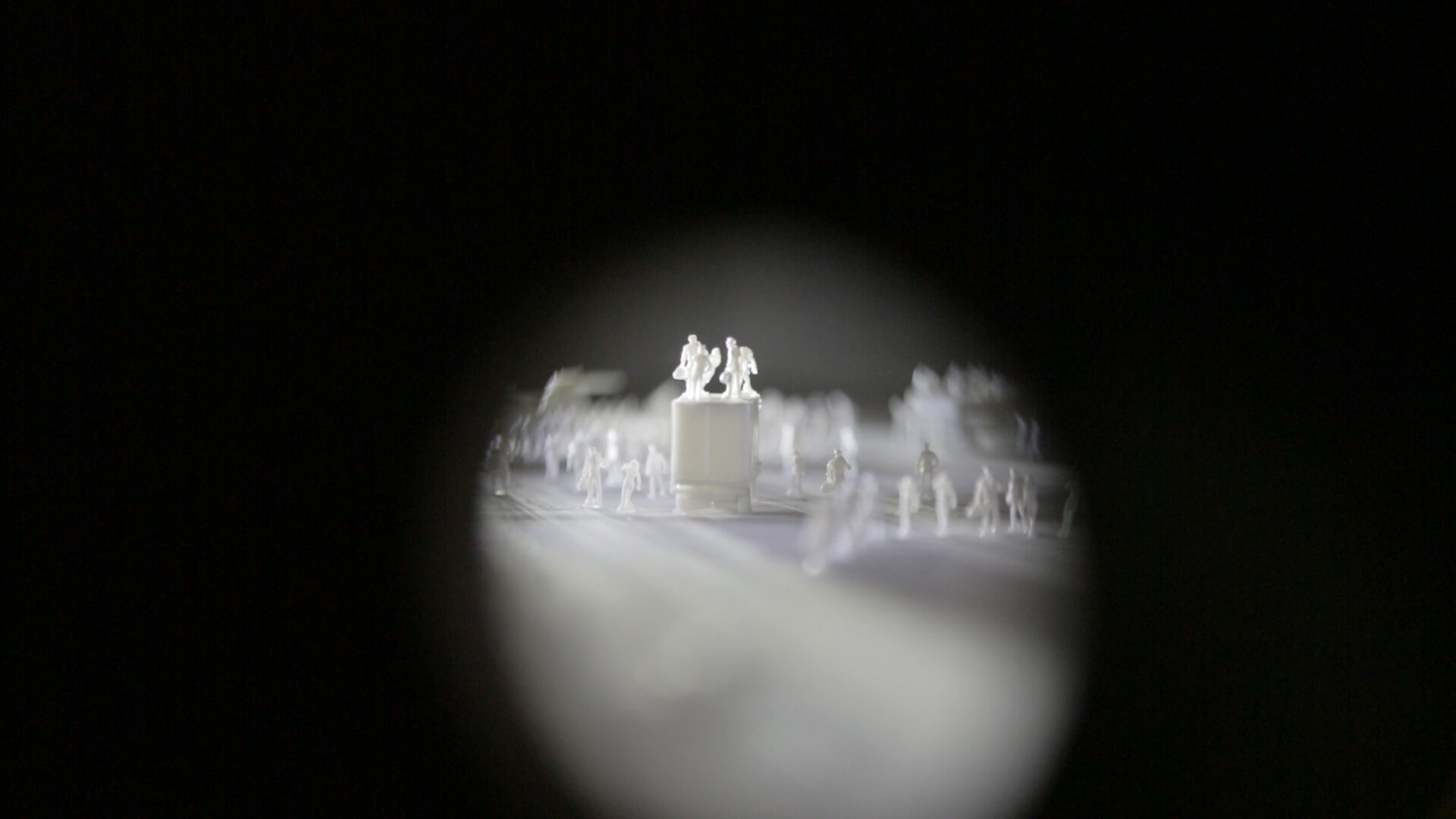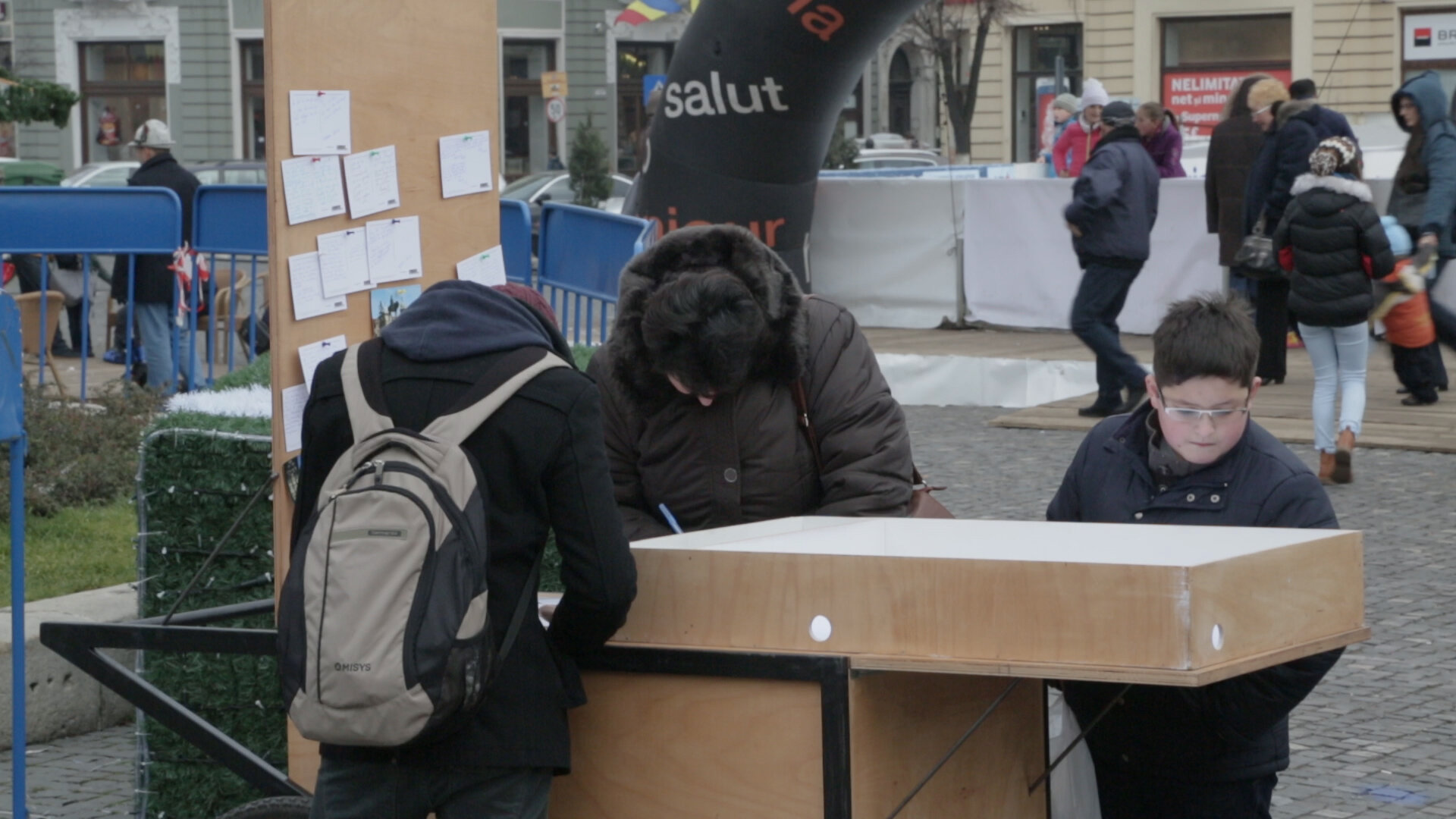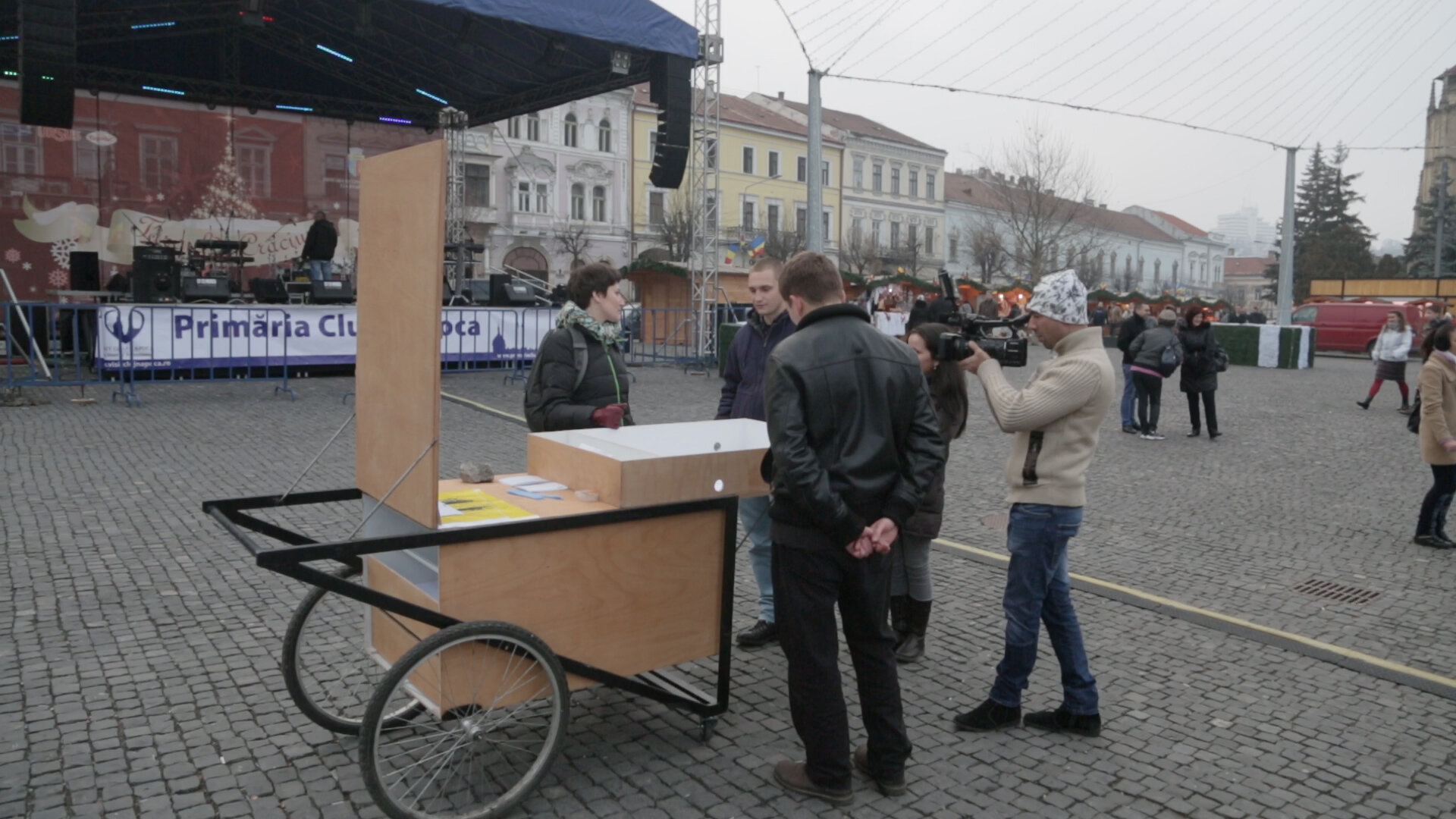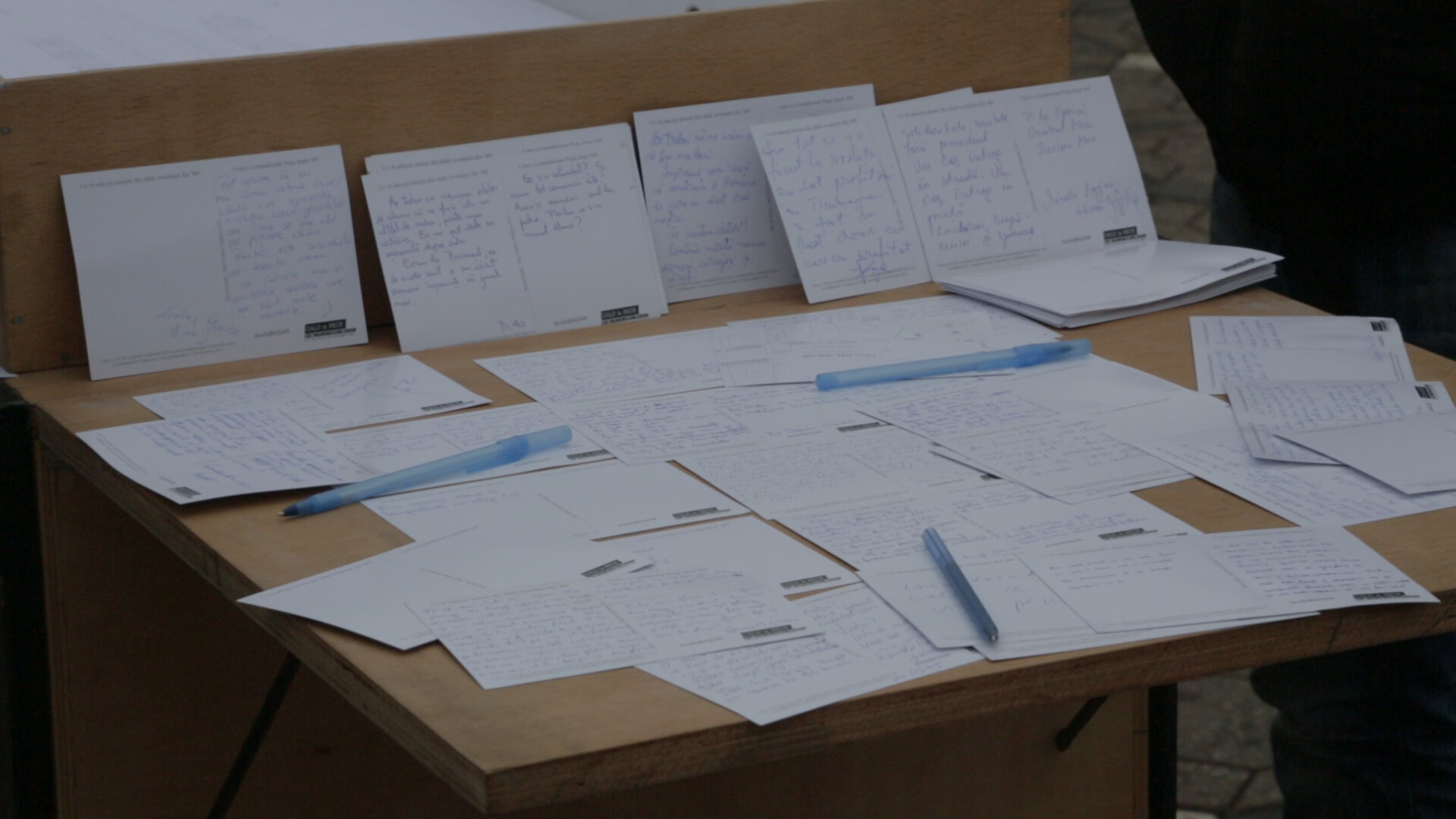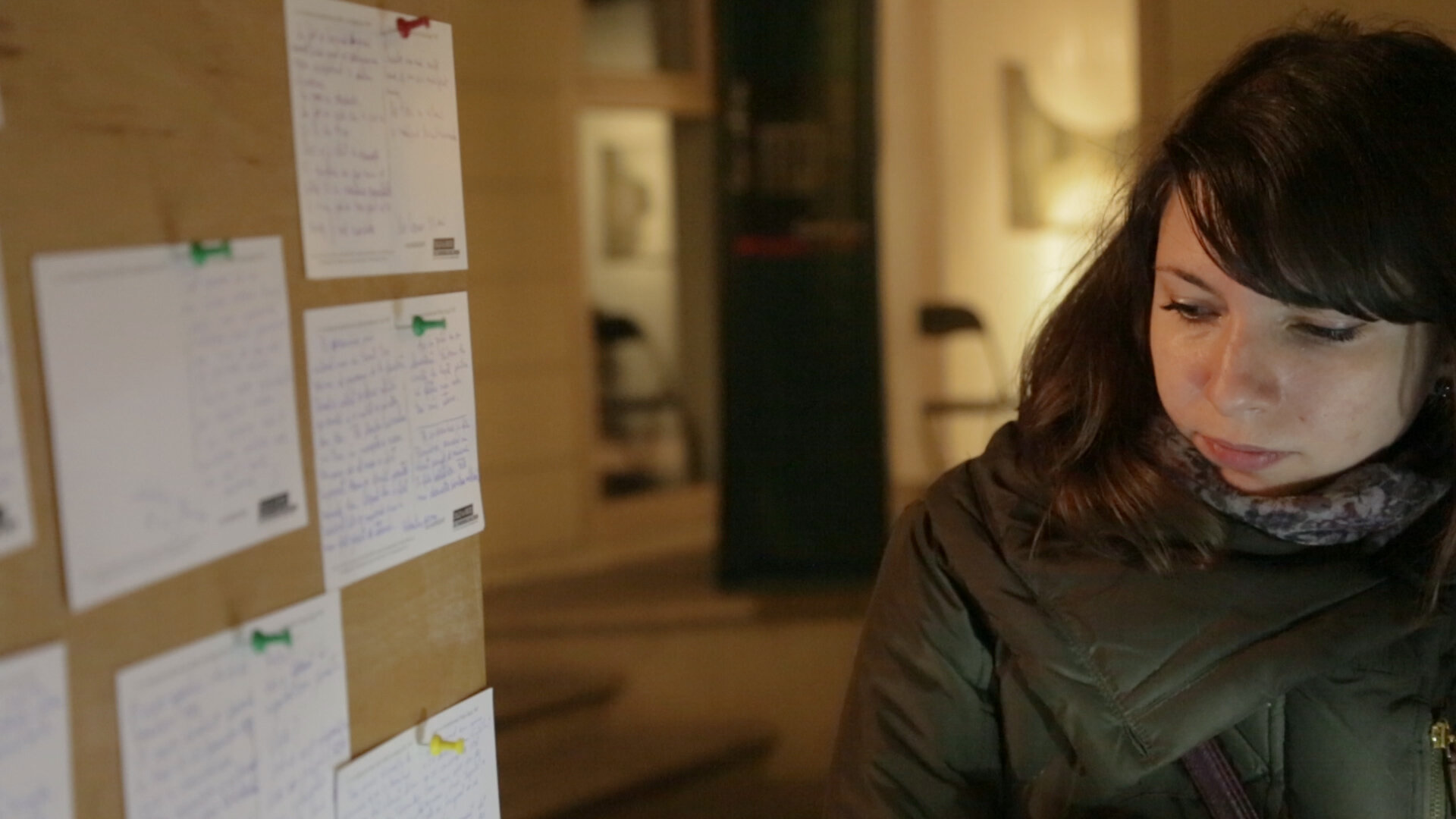HOT & COLD: REVOLUTION IN THE PRESENT TENSE /
CALD LA RECE: REVOLUȚIE LA TIMPUL PREZENT
co-curated with Roxana Bedrule
Timişoara & Cluj, Romania | December 2014
Artists: Anca Benera & Arnold Estefan, h.arta, studioBASAR
What does the Romanian Revolution look like seen from the present, from the perspective of generations that have not witnessed it, but that nonetheless come to understand its language? Hot & Cold: Revolution in the Present Tense, was an art project in public space that raised discussions about the symbolic importance of the Romanian Revolution of 1989. The project offered a critical perspective to challenge and re-imagine the general commemorative context of the Revolution in present-day Romania. The project started from the premise that revolution today is not just an event, but a language that is emerging. We might look at it as one of the constitutive phenomena of urban space, spanning cultures and places. From the East towards the West and from the periphery towards the center of cities, the language of revolution works to upset geographies of power and expose their transitory nature.
Starting with the history of the Astra 1A satellite, launched into orbit in 1989, Anca Benera & Arnold Estefan created The Shape of Things to Come, a performative intervention using their bodies together with the same systems of communication and surveillance which also broadcasted images from the Revolution in Romania. The introduction of satellite television technology in Europe also symbolically marks the transition of the former Communist states into a capitalist system. The de-activation of the satellite coincided with Romania joining NATO, as well as the contemporary phenomenon of self-broadcasting.
For their project, the artists mapped out a walking route in the city which was tracked using an app and streamed live at our meeting points in both cities. As they walked through the streets, their tracked movements on the virtual map spelled out the words “Things to Come,” part of the title of a novel by George Orwell which describes a dystopian post-revolutionary society. The artists walked along predetermined urban routes and produced a mobile performance that unfolded over two days in Cluj and Timișoara, respectively.
Seen from the perspective of Romania’s post-socialist history, this slogan from the Revolution: AM ÎNVINS! (WE HAVE WON!), when separated into two, can be interpreted as divergent messages: AM (I HAVE/I OWN) and ÎNVINS (DEFEATED). Large banners with this slogan, sometimes displayed to reveal the whole phrase, other times displaying just one part, were walked through the city and placed in front concrete urban sites like banks, shopping malls, shuttered factories, luxury housing and empty public schools. The artists configured a map of post-revolutionary affect which symbolically highlights those who won and those who were defeated after the Revolution.
At our meeting points in both cities the artists also presented the reading performance How old were you at the Revolution? – a collage that brings together fragments of memories from socialist times, questions and reflections about the idea of revolution, potential and loss, as well as writings that have emerged out of their artistic practice in recent years. Through this collage they talked about hope and hopelessness, energy and depression, power and disempowerment.
“We were playing on the rug when the TV broadcast stopped. Then my aunt sent me to walk home. When I got home, my parents were embracing in front of the TV.”
In December studioBASAR went out in the square and opened up The ’89 Box. They collected memories, recorded stories and tried to build a model of what happened over those days in 1989 in the very squares that are still in the cities where we live today.
The passers-by that encountered The ’89 Box shared memories about the Revolution and their thoughts about the changes occurring in the city after 1989. These conversations were recorded on postcards and archived by the artists.
Team: Alex Axinte, Cristi Borcan, George Marinescu, Maria Daria Oancea
Mobile structure production: Arpad Debreczeni
Special thanks: Tiberiu Ciolacu (Planwerk), Rudolf Gräf (VitaminA)
